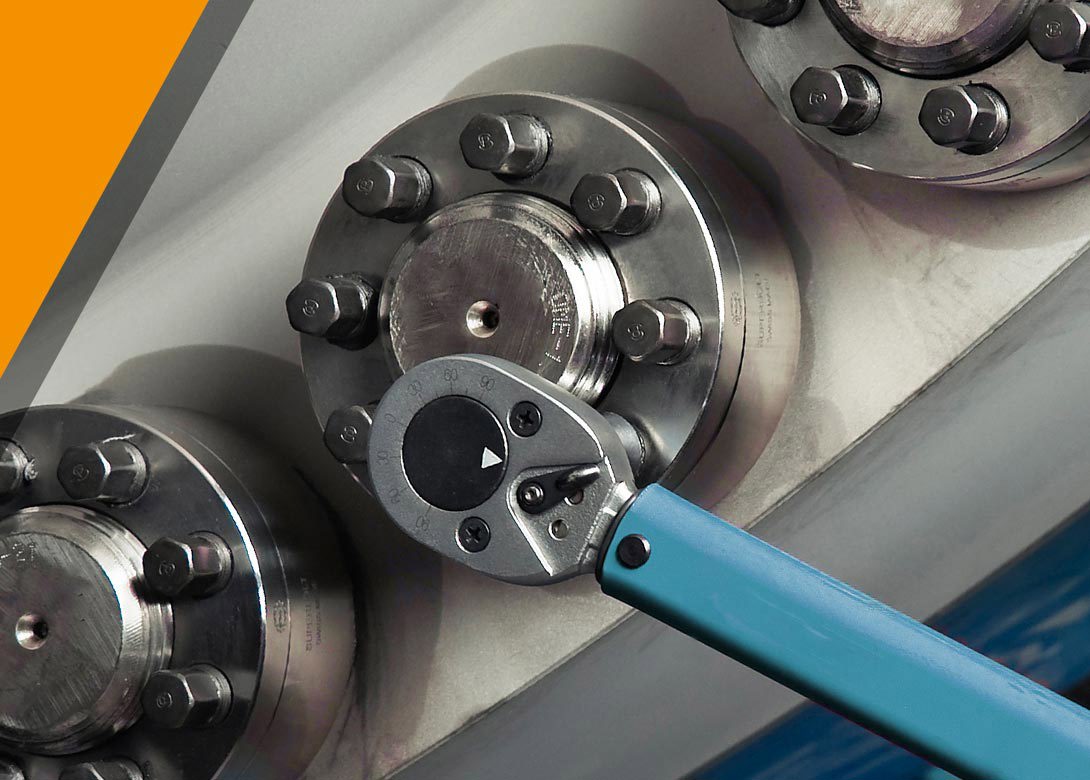
By Russell R. Radant, chief engineer, Spirol International Corporation
Laminated shims make life easier for designers and machine operators, as long as they are properly specified. It is often quicker and less expensive to use a shim, a thin piece of metal or composite, to level a machine tool or make components fit together - rather than grinding and machining to make the same mechanical adjustments.
Shims act like those folded pieces of paper people place under table legs to prevent the table from wobbling. They are also used to quell vibrations and to silence noisy equipment. However, laminated shims are more versatile and economical than slivers of paper or machined wedges.
Laminated shims have peelable layers of metal or composite, which are removed until the shim has the proper thickness. Adjusting them is as easy as peeling off laminations with a knife, or in the case of some materials, using no tool at all. They are built up from layers of precision-gauge metal foil or composites. Layers are bonded into a rigid structure that appears and functions as a solid sheet or plate. The finished shims withstand reasonable handling, including shearing and machining.
Laminated shims are produced by surface-bonding layers of precision-metal foils or composite films and resin adhesive into sheets. The foils can be aluminium, stainless steel, carbon steel and brass, among others. Final shims range from 0.15mm to 6.35mm (0.006 inches to 0.25 inches) thick. The bond is made by heat and pressure, which hardens and reduces the resin to a point where it is almost undetectable. At temperatures above approximately 150°C (300°F), however, the bonding agent may deteriorate and there will be a negligible loss of total thickness. Even heating the resin to above 230ºC (446°F) does not influence the performance of the shim.
Designers, however, should know the forces that will be placed on the laminated shim before choosing a shim material. Furthermore, shim faces should not be exposed to friction-causing motions unless the shim has a PTFE treatment – otherwise it could delaminate. However, if parts have location holes, the only forces will be those exerted by the tightening of screws. In this case there are no limitations on using laminated shims.
Laminated shims should be machined rather than stamped. Machining leaves clean edges that make shims easier to peel. Machining also prevents burrs from forming when peeling layers away. The burrs are a by-product of die rolls and stamping.
Laminated shims can be partially solid and partially laminated. This type of shim is either half-solid or three-quarter solid, depending on the ratio of solid section to total thickness. Standard thicknesses for the solid part are 1.57mm, 2.39mm and 3.18mm. (0.062 inches, 0.094 inches and 0.125 inches). Semi-solid shims are used to add rigidity to a design, accommodate a bearing surface on one side of the shim, meet requirements for a thick shim that will have minimal adjustments made to it, and to lower costs.
There are some size restrictions on laminated shims. For example, brass laminated shims larger than 305mm (12 inches) in diameter must be made in sections. As a general rule of thumb, all thicknesses should never be less than three times the total material thickness. Edges of laminated shims should not be rounded and deburring laminated shims may make them difficult to peel.
There are three basic reasons for designing shims into assemblies and devices. Firstly there is tolerance compensation. Shims eliminate the time and cost of putting precision tolerances on mating components. They also compensate for accumulated tolerances during assembly. It is better to design in a shim than to discover later one is needed at the assembly stage. A further reason is precision alignment, since shims align parallel and angular surfaces when interfacing elements must be coupled.
In terms of wear compensation, shims compensate for wear and are often designed to be the sacrificial component so the basic equipment retains its original accuracy.
Laminated shims reduce assembly time and provide dimensional accuracy without machining components. Quick production line adjustments and field repairs can be carried out and there is no need for grinding. Costs are minimised, as is precision with fewer items to stock. Selecting the right laminate material is vital and typical material pressure resistances are: aluminium 98 MPa (14,223 psi), brass 440 MPa (64,004 psi) and stainless steel 685 MPa (99,562 psi).

Having spent a decade in the fastener industry experiencing every facet – from steel mills, fastener manufacturers, wholesalers, distributors, as well as machinery builders and plating + coating companies, Claire has developed an in-depth knowledge of all things fasteners.
Alongside visiting numerous companies, exhibitions and conferences around the world, Claire has also interviewed high profile figures – focusing on key topics impacting the sector and making sure readers stay up to date with the latest developments within the industry.





